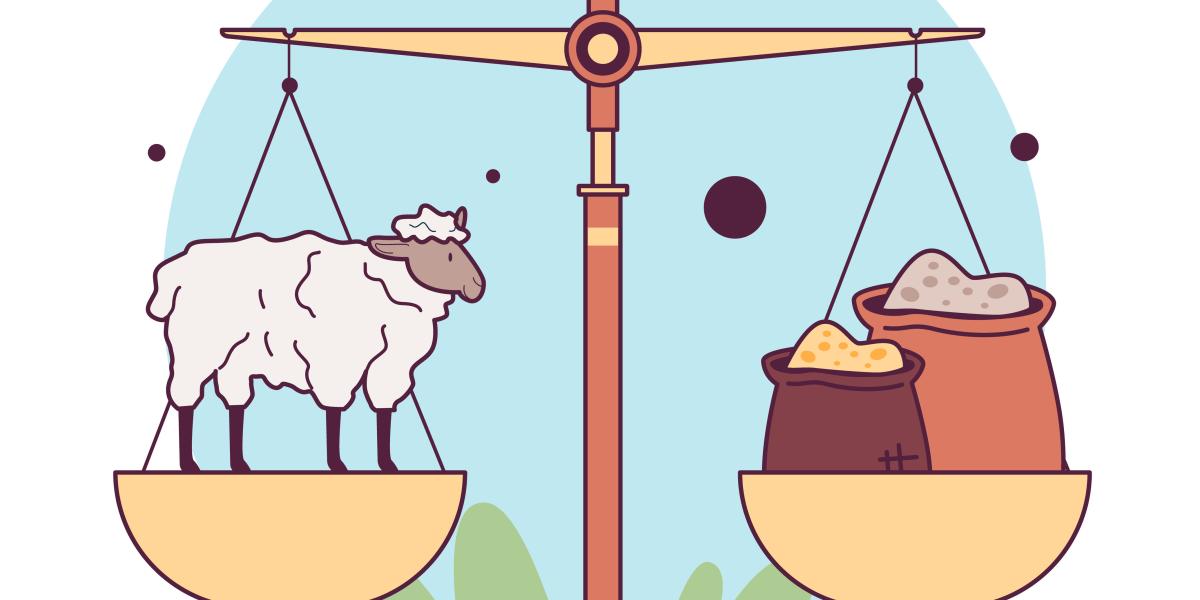Full student loan forgiveness could be closer than you think under temporary rules for Public Service Loan Forgiveness, or PSLF — but time is running out to apply.
“They should rush to get this done because the program is far more inclusive than it’s ever been in the past,” says Kristen Ahlenius, an accredited financial counselor and director of education at Your Money Line, a financial wellness company.
Payment requirements for the program are more lenient under a limited waiver that expires Oct. 31. Before the waiver, Ahlenius says, “PSLF was kind of this dismissed program for so long because it was so unachievable.”
The basic requirements for PSLF are to work for a qualifying public service employer, make 120 student loan payments and have federal direct loans. But the program has lots of caveats, which led to approval rates below 2% and furious, confused borrowers.
“People thought they were on track and submitted their application only to get a rejection,” says Betsy Mayotte, president and founder of The Institute of Student Loan Advisors. “In particular, that happened to people who had the wrong kind of loans and people who were on the wrong payment program.”
In addition to having direct loans, borrowers must make payments on an income-driven repayment plan to be eligible.
The PSLF waiver addresses those criticisms. It counts more time toward the required 120 months, including periods of hardship deferment, months with late payments and months not enrolled in income-driven repayment. It also opens the door to borrowers with Federal Family Education Loan Program, or FFELP, loans.
Here’s who should apply now and how to do it.
Who should apply now
Current and previous public service workers
Your job sector is the key criterion for the PSLF waiver. Your time with a qualifying employer must coincide with the time your student loans were in repayment.
These types of employment typically qualify:
-
Not-for-profit organization jobs.
Your employer is what matters — not what you do. Payments won’t count if you work for a private employer, as a government contractor or part time. Parent PLUS loans and joint spousal consolidation loans don’t qualify, either — no matter your job.
Check the PSLF employer search tool to make sure your employment qualifies. “You might be closer than you think,” Ahlenius says.
FFELP borrowers
FFELP loans normally aren’t eligible for PSLF. If you first consolidate your FFELP loans into a direct loan, however, your previous payments will be counted toward forgiveness — thanks to the waiver.
The employment qualifications still apply.
Previously denied applicants
If you were denied PSLF in the past, you could receive additional months toward the 120 needed for forgiveness under the waiver.
The Department of Education said it is reevaluating previously denied PSLF claims and will contact borrowers whose accredited time is adjusted.
“If you haven’t heard anything, you should absolutely submit again,” Mayotte says.
How to apply
Applying for the PSLF waiver has only a few steps:
-
Log into studentaid.gov to make sure you have direct loans.
-
Consolidate if you don’t have direct loans.
-
Submit the form(s) to the Education Department.
You must complete a separate employer certification form for each eligible job. Using the PSLF help tool, available at studentaid.gov/pslf, instead of the paper form can streamline the process and help prevent errors.
“Anybody that has any period of working full time for either a government employer, any 501(c)(3), you’ve got nothing to lose and everything to potentially gain,” Mayotte says.








































